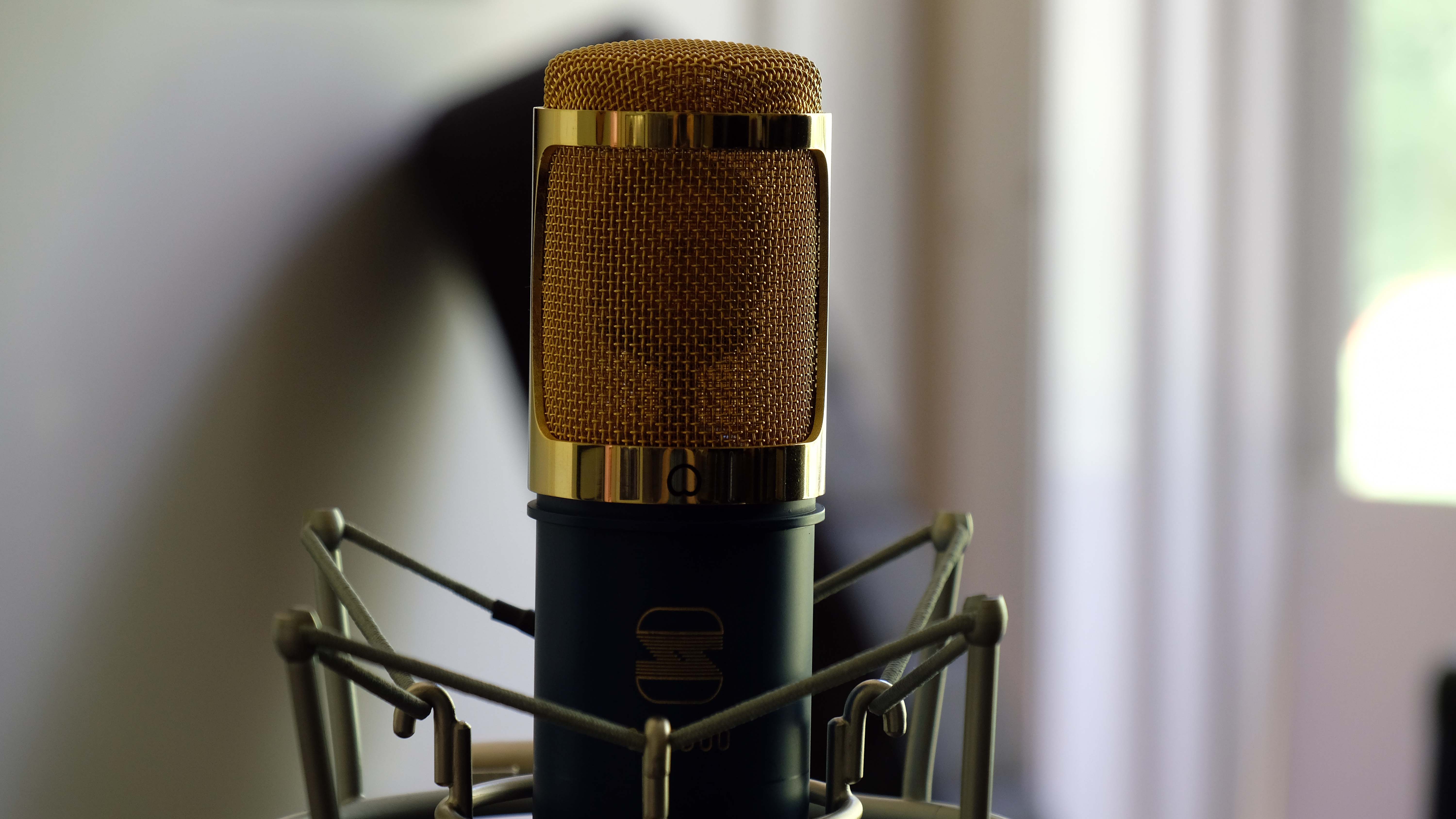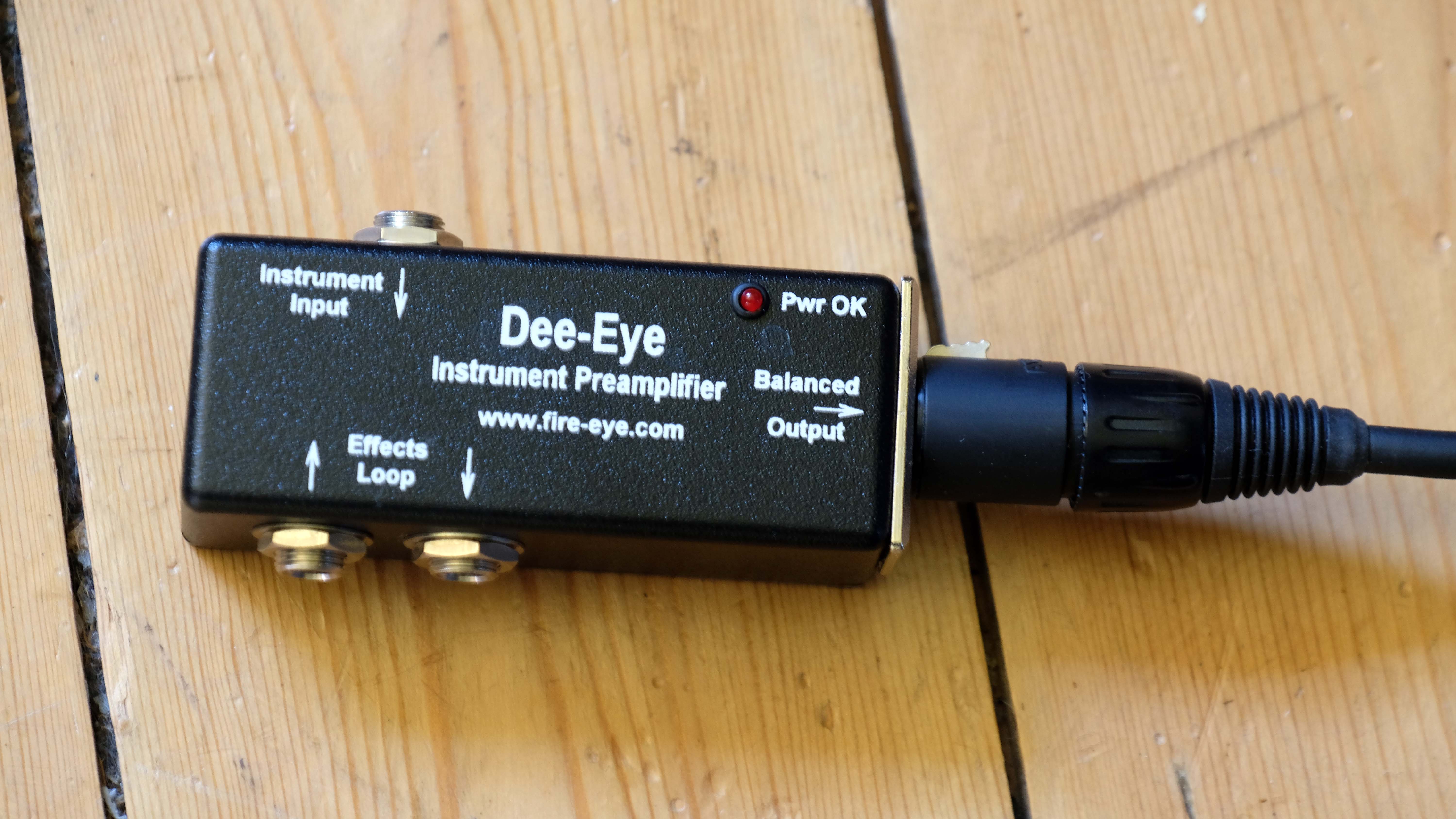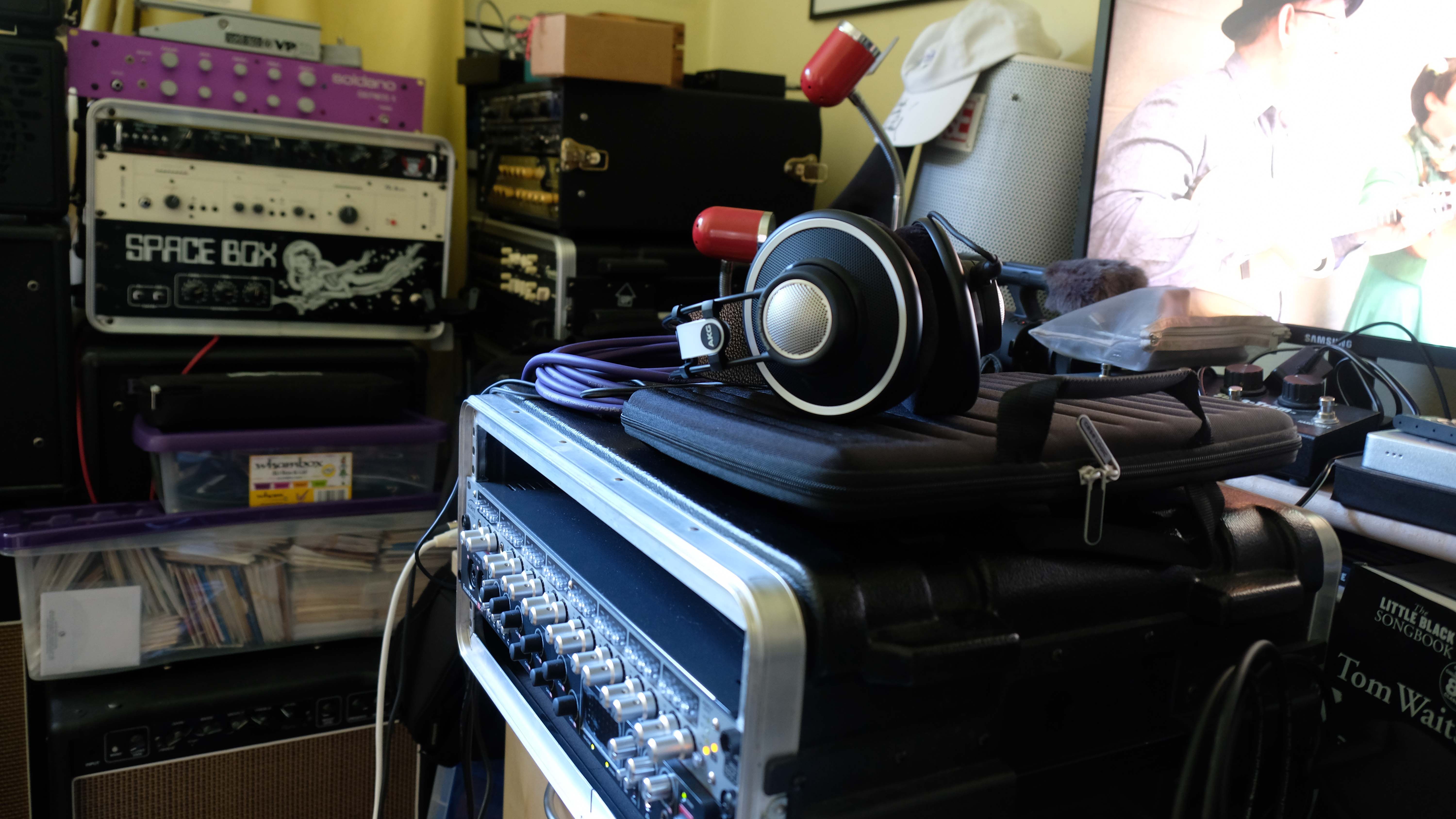My first multitrack for audio recording was a Tascam 4 track which used cassette tapes. The good news was for the first time it was possible to record multi tracks. The bad news is that the sound quality was pretty horrible and even the hiss reduction didn’t really help improve the sonic result. It was possible to bounce down tracks to create more audio options and of course let’s remember a great deal of historic music was recorded on this medium.
Software options and the new trend of making you pay forever
Over the years I have used a number of software packages including Wavelab, Acid Pro, Soundforge and Cool Edit Pro, now known as “Audition” All of these work fine, but I use Audition version 3 which does everything I need. Adobe like many other software manufacturers have managed to alienate myself and many other consumers by insisting on a monthly subscription for artists rather than the old fashioned way of actually buying a product. This means an endless income stream for the company and like ITunes you never truly own the actual item. What I like about Audition is that its relatively simple to use, although Adobe like many other manufacturers simply can’t resist making packages ever more complex with increasing features that the imagine the public want.
God bless UAD to open a world of new sounds
Once upon a time producers would use hardware for reverb and other effects. These days everything can be done far more easily and in my opinion better with software. One of the biggest leap forward is the create of UAD cards which emulate classic effects. The UAD duo card I use gives access to an extraordinary range of sonic options including the “Studer tape” plugin that faithfully emulate classic analogue recording equipment in the most extraordinary manner. This is a whole new level of sonic brilliance and as well as using these in my home studio, we use them extensively in the actual full recording studio.
Invest in good headphones, microphones and preamps
Once upon a time really great microphones would cost a significant amount of money. These days you can buy great mics for a fraction of the cost. When we were recording the first Small Change Diaries album we settled on the RV15 Vacuum Tube Microphones which sound terrific. I use these in the home studio as well as the main recording studio. At just over two hundred pounds they are extraordinary and perfect for the task in hand. It’s a great example of how the best equipment for the job doesn’t cost the earth these days. The other essential item for the home studio is the Fire Eye Dee Eye DI boxes which are the best I have ever come across.
When mixing and monitoring tracks, great monitors and headphones are essential. I use AKG headphones and Dynamic Acoustics monitors, both of which are sensibly priced and give great sound reproduction. Audient make excellent preamps and I use an 8 channel unit of theirs which is just fantastic. This setup is very high quality and relatively simple. I’m mostly interested in getting four to six really great quality tracks in the simplest possible manner.
Conclusion
There has never been a better time for home recording. That said it’s important to select the right equipment for your needs. The really good news is that you can get an excellent sonic result without mortgaging your house. That said regardless of how much equipment you have, there is absolutely no substitute for experience. If you are serious about creating a great audio product it’s important to find the right person who can deliver the best sound. After all they don’t call it “music production” for no reason…
Universal Audio – http://www.uaudio.com/about/our-story
Red 5 Audio – http://www.red5audio.com/acatalog/Valve_Microphones.html


